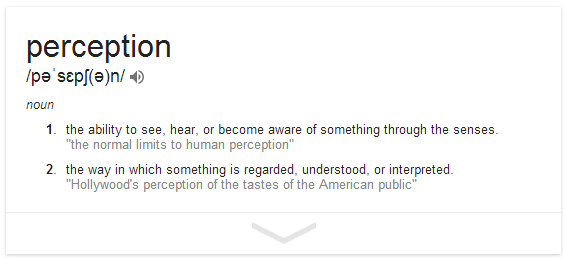

Paranormal ‘believers’ also show a greater likelihood to see a face in a jumbled non-face, and a word in a non-word compared to ‘skeptics’. Stronger belief in the paranormal is also associated with a greater bias toward seeing an illusory face during a signal-detection task that used real-world photographs, some of which contained “artifact faces”, the tendency to attribute intention and animacy to sequences of random motion, and to ascribe meaning to random sequences of everyday events. Each of these processes are also subject to influence by other factors such as the personality (or factors which influence personality) of the individual.įor instance, when subjects were presented with a sequence of line-drawings, starting with an extremely degraded image that gradually became less degraded as the sequence progressed, and asked to respond once they could identify the image, those who responded earlier in the sequence, although less accurately, were those with stronger beliefs in paranormal phenomena. The meaning that is imposed can depend on our internal templates of prototypical stimuli our expectations and learned probabilities about the visual environment, contextual cues or prior visual input and on random neural fluctuations in functionally relevant areas of cortex. The visual system is predisposed to extract meaning, often from stimuli containing substantial amounts of uncertainty indeed one could argue that is its primary role.

Instead, the observed reductions in sensitivity along with increased response bias toward seeing something that is not there, indirectly implicated subtle neurophysiological differences associated with the personality dimension of schizotypy, that are theoretically pertinent to the continuum of schizophrenia and hallucination-proneness. Our results suggest that differences in perceptual performance for individuals high in positive schizotypy are not related to increased suggestibility or susceptibility to instruction, as had previously been suggested. Individuals high in positive schizotypy seemed to be employing a looser criterion (response bias) to determine what constituted a ‘meaningful’ image, while also being significantly less sensitive at the task than those low in positive schizotypy.

The results in all conditions indicated that a high positive schizotypy score was associated with an increased tendency to perceive complex meaning in images comprised purely of random visual noise.
#False perception definition series#
The first experiment employed an open-ended response paradigm and used a variety of different images in noise the second experiment only presented a series of faces embedded in noise, and required a forced-choice response from the subjects. In two experiments, subjects were required to indicate what they saw in a large number of unique images, both with and without actual meaningful structure. In a novel approach to this issue, a non-clinical sample of subjects (total n = 197) were presented with calibrated images of scenes, cartoons and faces of varying visibility embedded in noise the spatial properties of the images were constructed to mimic the natural statistics of the environment. Here, we investigated meaningful visual experiences in relation to the personality dimension of schizotypy. Everyone has their own unique version of the visual world and there has been growing interest in understanding the way that personality shapes one’s perception.


 0 kommentar(er)
0 kommentar(er)
